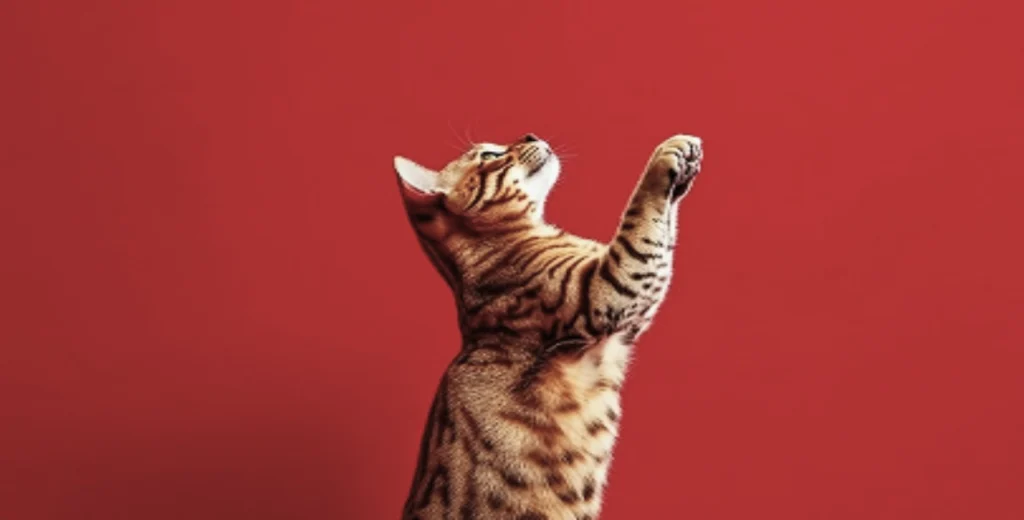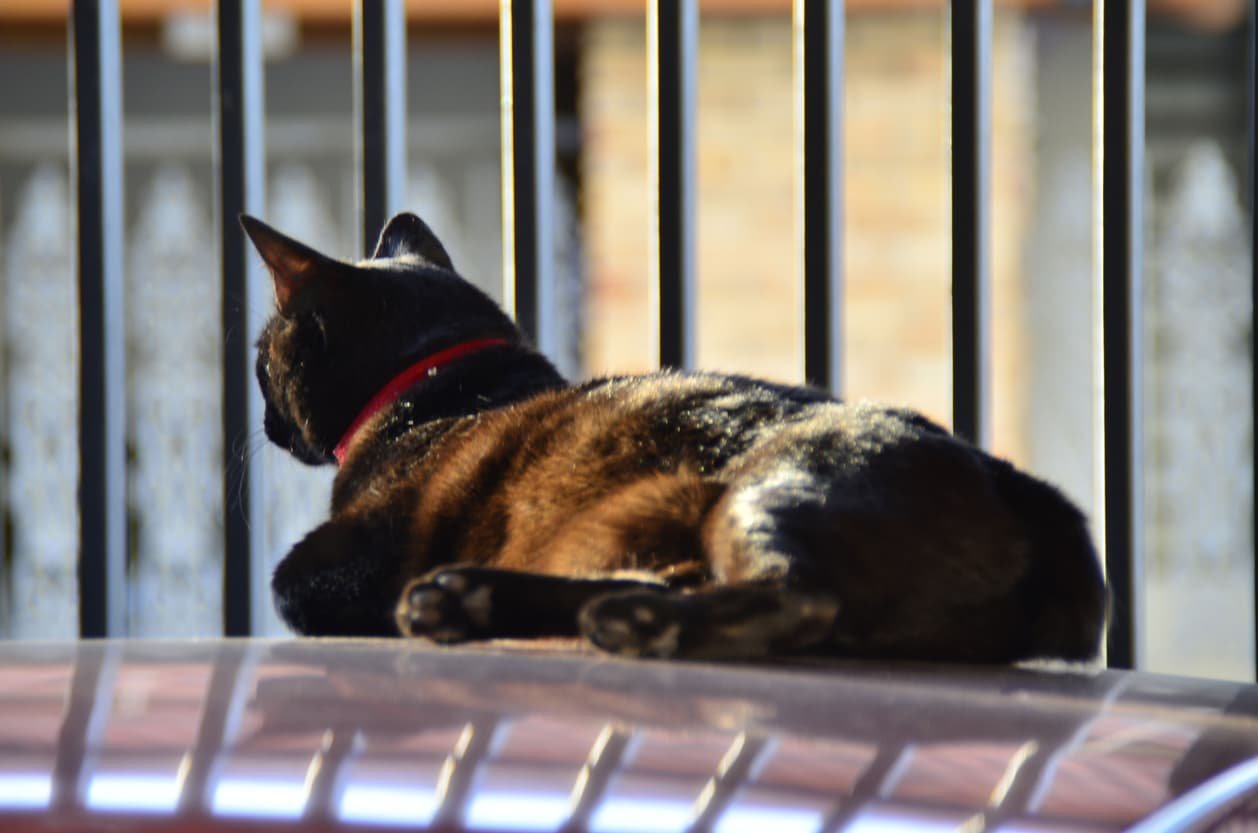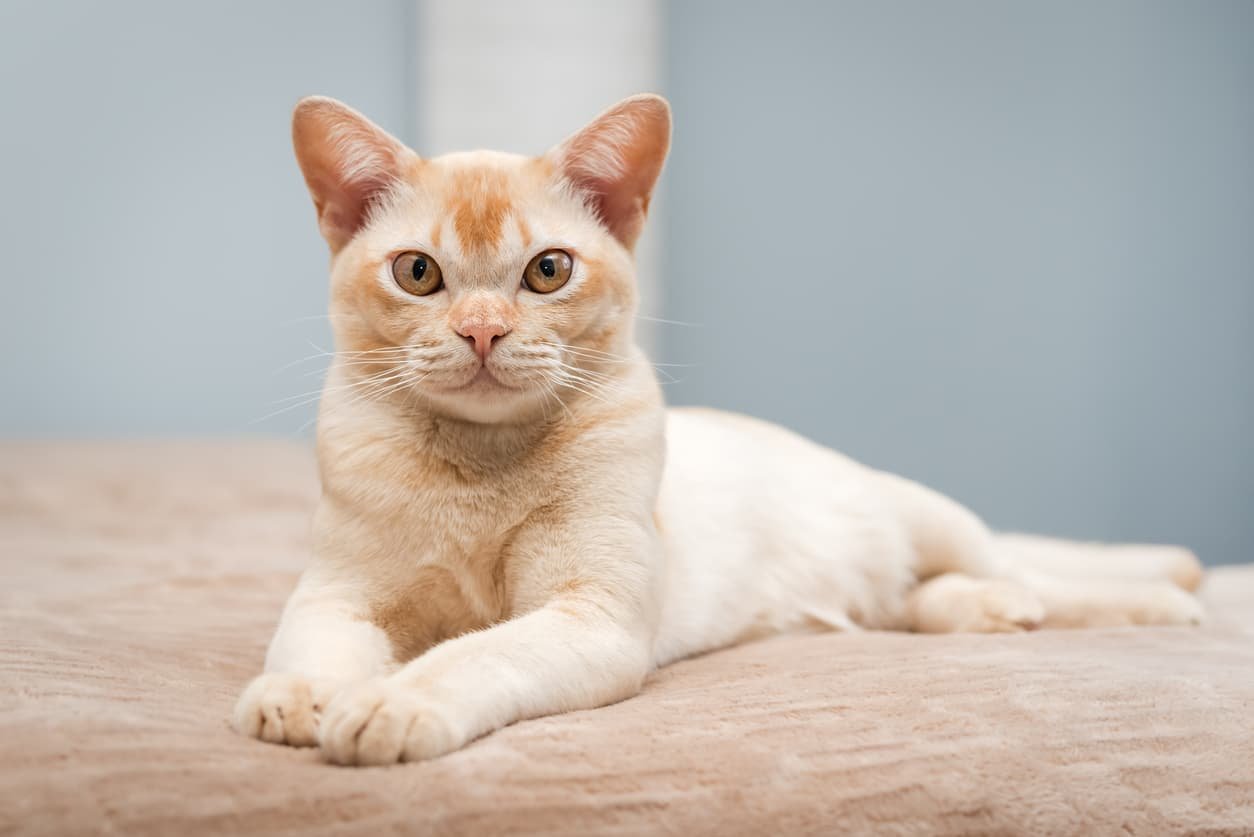Table of Contents
ToggleIntroduction: The Allure of the Bengal Cat
When it comes to choosing a feline companion that is as striking as it is affectionate, the Bengal cat tops the list. Renowned for their exotic appearance and vibrant personality, Bengal cats have captured the hearts of cat enthusiasts worldwide. In this article, we’ll explore everything you need to know about Bengal cats, from their unique characteristics to their care requirements, to help you decide if this breed is right for your home.
The Distinctive Characteristics of Bengal Cats
Bengal cats stand out from the crowd, thanks to their wild yet elegant appearance. Their sleek coats, adorned with rosettes and spots reminiscent of leopards, are undeniably captivating. But there’s more to a Bengal cat than just good looks. They are:
- Highly Energetic: Bengals are known for their boundless energy and playful antics. Whether it’s chasing a laser pointer or climbing their favorite perch, these cats are always on the move.
- Intelligent and Curious: Bengals are incredibly smart and curious by nature, often figuring out puzzles and engaging in interactive games with ease.
- Vocal and Communicative: Expect plenty of chirps, meows, and purrs from your Bengal cat as they make their feelings known.
Why Bengal Cat Is Ideal for Families
One of the most endearing qualities of Bengal cats is their ability to bond deeply with their human families. They are:
- Affectionate and Social: Unlike some cat breeds that prefer solitude, Bengal cats thrive on interaction. They love spending time with their humans and can even get along well with children and other pets.
- Active Playmates: Bengals make excellent companions for active families, as they enjoy games, walks on a leash, and even splashing around in water.
- Hypoallergenic Qualities: While no cat is truly hypoallergenic, Bengals are known to produce less dander, making them a great option for individuals with mild allergies.
Bengal Cat Grooming and Care
Despite their luxurious coats, Bengals require surprisingly low maintenance when it comes to grooming. Their short, dense fur rarely mats or tangles. A quick brush once a week is usually enough to keep their coat shiny and healthy. In addition to grooming, consider these care tips:
- Diet: Feed your Bengal a high-protein diet with quality ingredients to support their active lifestyle.
- Regular Check-ups: Routine vet visits are essential to ensure your Bengal remains healthy and happy.
- Environmental Enrichment: Provide plenty of toys, climbing structures, and scratching posts to satisfy their natural instincts.
Bengal Cat Breed Information Table
| Feature | Description |
|---|---|
| Breed Origin | Developed in the United States in the 1960s by crossing domestic cats with the Asian leopard cat |
| Size | Medium to large-sized, muscular, and athletic |
| Weight | Males: 10-15 lbs, Females: 7-12 lbs |
| Lifespan | 12-16 years, with proper care and nutrition |
| Coat Type | Short, dense, and luxurious with a soft, silky feel |
| Coat Colors | Brown, silver, charcoal, snow, and blue with rosettes, spots, or marbled patterns |
| Eye Color | Green, gold, hazel, or blue in snow varieties |
| Temperament | Highly active, intelligent, playful, and affectionate; known for dog-like behavior |
| Grooming Needs | Low maintenance; occasional brushing to reduce shedding |
| Activity Level | Very high; loves climbing, running, and interactive play |
| Health Concerns | Prone to hypertrophic cardiomyopathy (HCM), progressive retinal atrophy (PRA), and gastrointestinal issues |
| Best For | Active households, families, and individuals looking for an energetic and intelligent feline companion |

Common Health Concerns in Bengals
While Bengals are generally healthy, they can be prone to certain genetic health issues. Keep an eye out for these common concerns:
- Hypertrophic Cardiomyopathy (HCM): A heart condition that can affect some Bengals.
- Progressive Retinal Atrophy (PRA): A genetic condition leading to vision loss.
- Feline Infectious Peritonitis (FIP): A viral disease that can occasionally impact this breed.
Regular check-ups and genetic testing can help detect and manage these issues early.
Training and Behavior of Bengal Cats
Bengals are highly trainable due to their intelligence and eagerness to interact with humans. From teaching them tricks to leash training, Bengals are quick learners when positive reinforcement is used. However, their curious nature can sometimes lead to mischief, so it’s crucial to provide enough stimulation to keep them occupied.
Why You Should Consider a Bengal Cat
If you’re looking for a cat breed that combines beauty, intelligence, and affection, the Bengal is an excellent choice. These feline friends bring excitement and joy to any household, whether you’re a first-time pet owner or a seasoned cat lover.
Conclusion: Embrace the Bengal Magic
Bengals are more than just a pretty face—they’re a bundle of energy, affection, and charm. With proper care and attention, they make loyal and entertaining companions that will brighten your life. If you’re ready to welcome a Bengal into your home, you’re in for an unforgettable experience.
FAQ
What makes Bengals unique?
Bengals are unique for their wild appearance, featuring a sleek, muscular body and striking leopard-like spots or marbled coats. They’re highly active, intelligent, and vocal, with a love for water and interactive play—making them bold, energetic companions.
Are Bengals easy to train?
Yes, Bengals are highly intelligent and can be easy to train. They respond well to positive reinforcement and can learn tricks, leash walking, and commands—making them one of the most trainable cat breeds.
How long do Bengals live?
Bengal cats typically live 12 to 16 years, and some may live even longer with proper care, a healthy diet, and regular veterinary checkups.
Can Bengals be left alone during the day?
Bengals can be left alone during the day, but they need stimulation. Provide toys, climbing trees, and puzzle feeders to prevent boredom. Consider a pet companion or cat sitter if you’re gone for long hours.
What is the disadvantage of a Bengal cat?
A key disadvantage of Bengal cats is their high energy and need for stimulation. Without enough play or interaction, they can become bored, vocal, or destructive. They may not suit owners looking for a low-maintenance, quiet pet.
Are Bengal house cats good pets?
Yes, Bengal house cats make great pets for active homes! They’re intelligent, playful, affectionate, and stunningly beautiful. However, they need lots of stimulation, attention, and space to thrive.







